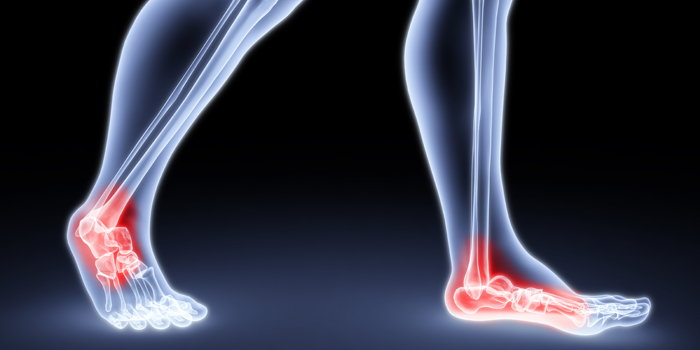
Of the many body parts we neglect, our feet may be the most taken for granted. This is especially important for those with flat feet. Without treatment or strengthening, your fallen arches begin to put significant strain and pressure on your ankles and knees, which causes overall discomfort in your lower body joints. Over time this can lead to more serious problems in other areas of your body and cause severe pain during intense exercise, such as during a sprint.
RELATED: Squat Mechanics: Why Stacking the Knee Overtop of the Ankle Is Important
Flat feet can also affect movements that you perform in the gym, the most problematic being the squat. In today’s article, I’m going to show you how flat feet can harm you during your squat, and more importantly what you can do to fix it.
How Fallen Arches Affect the Leg During a Squat
Fallen arches are simply the absence of the natural arch that is usually present under the foot. Causes of this vary from muscle dysfunctions, hereditary conditions, injury, aging and more1. When a foot has an arch, it lifts the foot just enough to allow the ankle, knee, and hip to stay in a straight alignment. On the contrary, when an arch is collapsed, the heel kicks out laterally and causes the foot to pronate and the tibia to rotate inward. This inward rotation of the tibia creates an inward torque on the knee, which becomes a significant problem when a load is added (such as during a squat). It completely misaligns the lower extremity and can not only cause issues in your knee and hip, but can create problems in your back as well.
The picture on the left shows what my lower leg alignment looks like when I create an arch with my feet. As you can see, for the most part, my leg alignment is straight from my ankle to my knee and continues to my hip. In the picture on the right, I let my arch collapse, which causes my knee to slightly rotate inward. This disrupts the straight alignment and creates an inward torque at the knee.
When squatting, this issue becomes even more problematic since there is now an added load. The inward torque at the knee can cause injury to ligaments over time, especially the medial collateral ligament (MCL). I learned this the hard way and developed MCL pain due to squatting with my flat feet. However, after incorporating the adjustments listed below, I was able to completely get rid of the MCL pain and continue squatting without any problems.
How to Fix Your Flat Feet and Avoid Problems When Squatting
1. Strengthen the musculature of your feet.
You need to start strengthening and activating the musculature of the foot in order to build your arch. The two main muscles you want to strengthen are the muscles of the big toe and the posterior tibialis. In fact, a dysfunction of the posterior tibialis is the most common cause of an acquired flat foot deformity in otherwise healthy adults2. Thus, it’s essential that you strengthen this muscle to prevent it from becoming completely inactive over time. Here are two exercises to strengthen the muscles of the big toe and the posterior tibialis.
Coin Exercise
Take the big bone at the base of your toe and step on a quarter. Push as hard as you can with the front of your toes (especially the big toe) and try to create an arch as you push down with your toes. As you create an arch, ensure that your foot is still in contact with the coin and that your heel is still in contact with the ground. Use this as an isometric exercise and hold it for about 20 seconds and repeat four to five times. Perform this daily and you will see an improvement in your arch over time.
Posterior Tibialis Exercise
Set up a band anchored somewhere on the outside of the foot you’re trying to train. Stand on one leg and pull the band across your body. Basically, all you’re trying to do is disturb your balance; there’s no real specific way you need to move the band. Your posterior tibialis will activate in order to prevent you from falling. Perform this exercise for about 10-15 reps on each side for three to four sets. You can perform this three to five times a week, and you can gradually try to further disturb your balance with harder movements if it becomes too easy.
2. Strengthen your abductors.
Strengthening your abductors will help your hips with external rotation, which in turn will prevent your knees from internally rotating during the squat. The main hip abductor that is under-active in most people is the gluteus medius. To work these, mini band squats are a great option. You can perform these by wrapping a mini band around your legs just above your kneecaps. Perform 8-10 reps of body weight squats while the band is still wrapped around your knees. Focus on driving the knees out to the side hard throughout the movement. This variation will strengthen your hip abductors and improve your leg alignment during the squat.
3. Use squat cues.
Doing the above exercises will help bring up your arch over time and improve the alignment of your lower body during your squat. However, for the time being you still need to ensure that your lower extremity is aligned during your squat to prevent injury. One way to do this is simply through squat cues that help you keep your knees inline with your feet and prevent them from inward rotation. One of the best cues for this is to think about spreading the floor apart when squatting. This will mentally trigger you to keep your knees apart and in a good position. Another cue that works is to focus on “driving your lateral heel” during your squat. In other words, focus on pushing on the outside of your heels throughout your squat. This will engage the stabilizing muscles of the lateral hip and align the knee properly.
Having flat feet affects more than just your squat. They cause a lot of problems not only for squatting but also for jumping, running (shin splints), and even just walking. Orthotics are a decent way to act as a crutch, but they do nothing to permanently fix the problem and can actually cause your under-active foot muscles to become even more under-active in the long run. For a long-term solution, you need to consistently work and strengthen the foot musculature in order to gradually bring up your arch. Use the exercises I provided above and you’ll be able to save yourself from a lot of injury (and expenses) in the future.
References
- https://medlineplus.gov/ency/article/001262.htm
- https://www.ncbi.nlm.nih.gov/pmc/articles/PMC534847/
Jeremy is a personal trainer and Kinesiologist based in Vancouver, Canada. He specializes in muscle imbalances as well as fat loss and HIIT, which led him to create builtwithscience.com. From full out HIIT workout plans to quick home workouts, you can find it on his site.









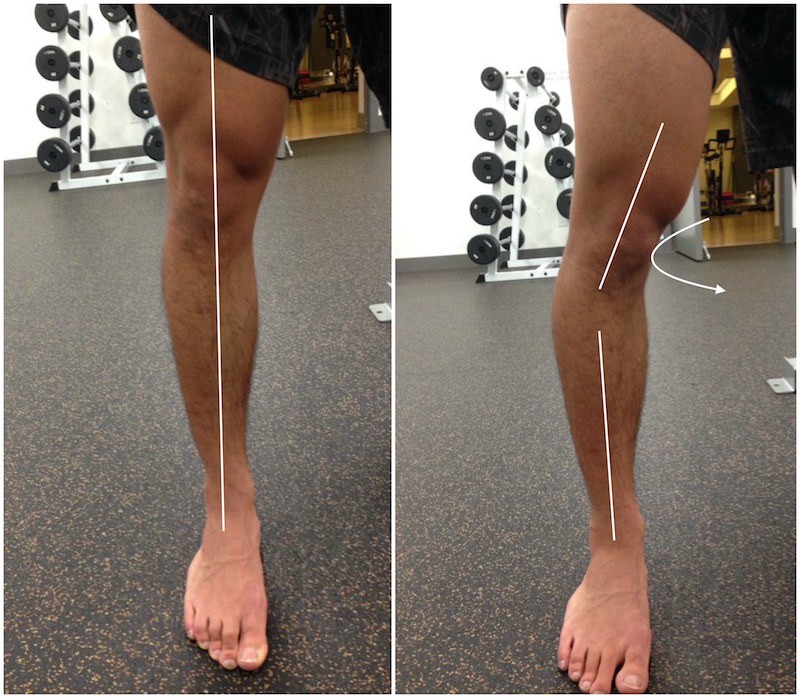
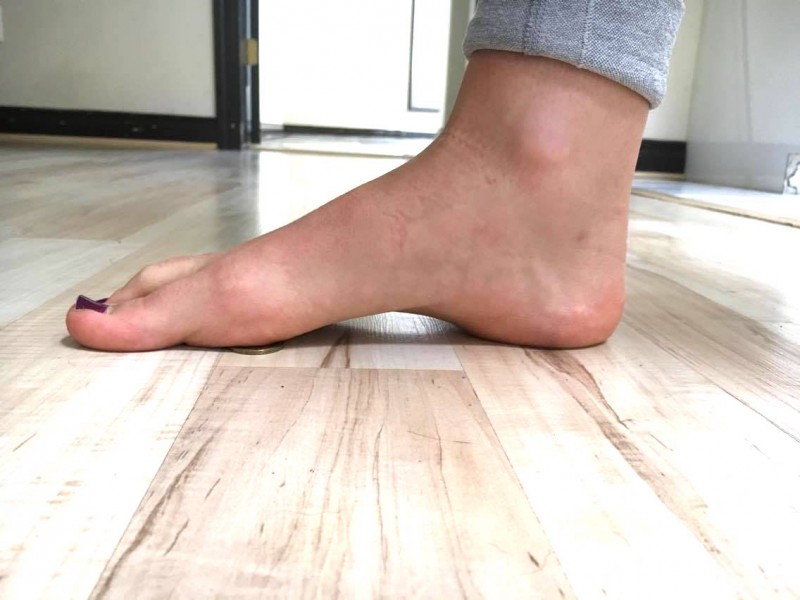
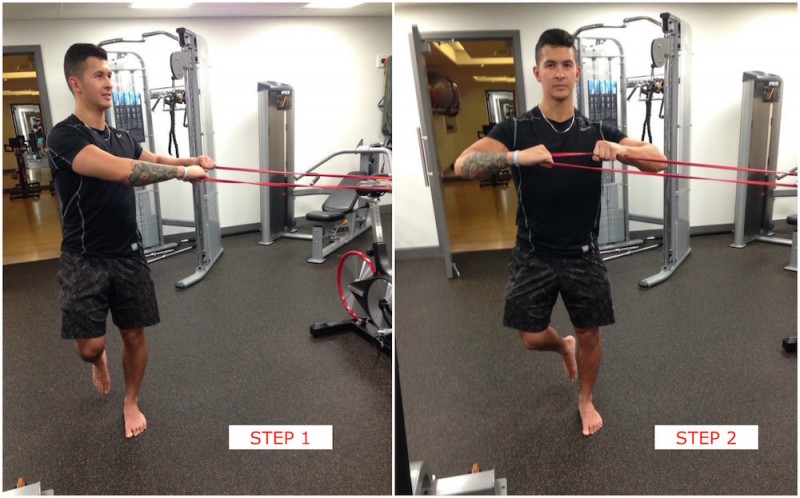
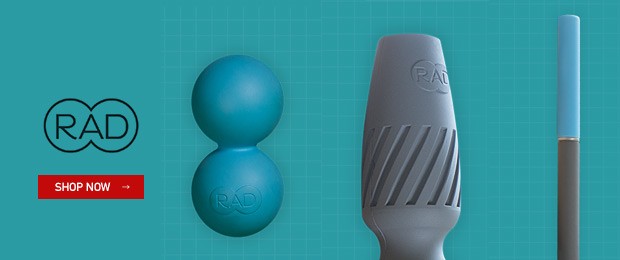
I’m trying out the coin exercise and I’m not sure I’m doing it right. Is it better to do this exercise sitting or standing? I feel my knees also tense when I push through my toes - is this ok? Thanks!